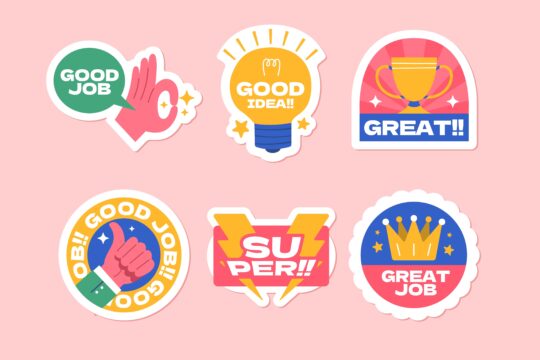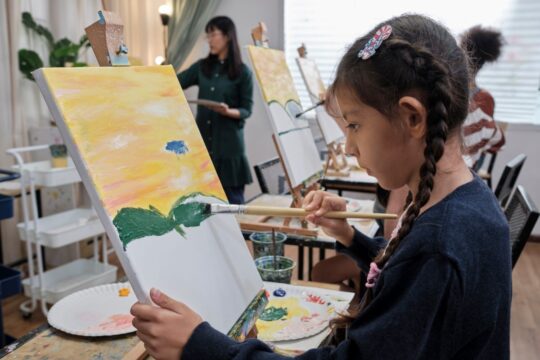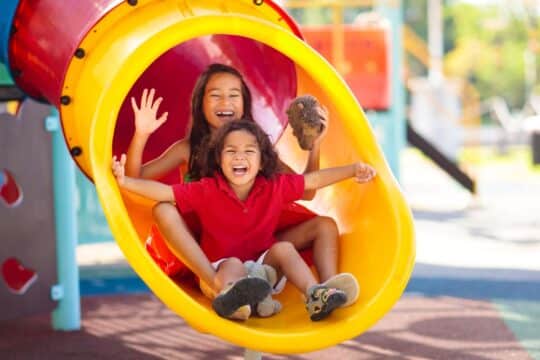If educators thought the 2020 school year was a unique one, the upcoming 2021 year may prove to be equally interesting. When the school bells start ringing again this fall, educators are going to be met with students coming from all types of learning situations in their previous year of schooling. Some may have been in an in-person learning model the entire year. Others, completely online. Then there will be those students who went to school some days in person, some days online, then abruptly fully online, only to return again in person.
How do we help our students come into this new school year feeling prepared, safe, and secure? For starters, we need to understand the differences in last year’s needs and concerns vs. this pending school year. Then, there are several steps educators can take for a smooth transition back to full time, in-person learning.
Differences in Last Year’s Needs and Concerns
Last year, the self proclaimed “Year of the Pandemic,” brought about new concerns and needs from its learners. Students learning online were thrown into the technology fire of needing to know different logins, different learning management systems, and frankly how to go to school like they never had before. It was necessary for these online learners to understand how to ask their teacher questions, how to attend Zoom class, and how and where their teacher would be available for them. Not to mention that online students had to learn how to make friends from behind their iPad screen all-the-while completing their assignments and staying engaged with the distractions that may have been surrounding them at home.
Then enter the in-person or hybrid learning model students. These students had to be ready for change. Any changes in their communities caused by COVID could send them spiralling into a different learning model. Students in this learning model needed to know not only how to go to school in person and online, but how to pivot between these two learning environments at the flip of a hat. Where stability at school may have been taken for granted in the past, these in-person and hybrid learning model students surely gained flexibility, open mindedness, and patience over the course of their last school year. And that is a lot of ask of students ages five on up. Due to the variety of learning situations students will be coming from when the 2021 school year welcomes itself, it is necessary that educators take some steps to ensure a smooth transition back into the traditional learning model.
Steps for a Smooth Transition
Start slow to go fast: establishing a predictable routine.
Being aware that the students that make up your upcoming year’s class will have come from a variety of learning settings in their previous year of schooling, it will be as important as ever to start slowly. Classroom expectations will need to be clearly displayed, practiced, and perfected. Basically, for the younger grades (but not to be forgotten with the older students as well), learners will need to be taught again what it means to go to school. What are the expectations in the classroom, in the hallways, at the cafeteria? How are classroom devices meant to be used and treated? What should homework help look like at home? All these questions should be answered and revisited often by the classroom teacher as they reestablish the school learning environment.
Leave extra time for social skill/friendship building.
The awareness of social and emotional development for students has been buzzing around the education world for some time. And now more than ever, this key aspect of education needs to be implemented on a regular, even daily basis. Morning meetings are a great way to build community, give students their individual voice, and come together first thing so students know they are seen, heard, and valued.
Because some students will have gone an entire year or more without interacting with other children outside of their bubble (or outside of their screen), there will need to be extra time spent on learning social skills, cooperation, and kindness. Pausing instruction to address a teachable moment, guide students as they work through a problem, or praising others who are exhibiting expected behavior, will be key to setting your students up for social success.
Continue embracing technology.
One thing educators can be certain about in this upcoming year of uncertain beginnings, is that students will have quite a bit more familiarity with technology than they have in the past. Embrace it! Whether you decide to use technology to further their 21st century skills, to redefine learning, or simply as a security blanket for the format of learning they are most used to, technology is their world today and will be their world tomorrow. Use it – daily, thoughtfully, and purposefully. If you keep those three objectives in mind, it will not only be best practice, but it will engage, excite, and energize your students.
Assess student abilities.
Back, but not necessarily by popular demand, is testing. Maybe your school district found a way to equitably and adequately formally assess students during the pandemic. For many, this was not the case. Expect testing of all shapes and sizes to be rolled out throughout the course of the year. This data will prove to be valuable to you in one way or another. Because students spent their past year learning in a variety of formats, the academic information you may normally have had on your students will not be there. Assessments will help you find their base level and guide your teaching. Remember that “tests” won’t all be standardized. These dip sticks of measurement can be in the form of exit tickets, short quizzes, Kahoots, or even conversations. Find what works best for your students, and utilize the information it provides you in the best way you can.
The academic year 2020-2021 proved to be one of the most unique teaching and learning years that educators and students have ever experienced. This fall, as our students enter their 2021-2022 academic journey, there will need to be some extra thought put into preparation and execution. Understanding the differences in last year’s needs and concerns vs. this pending school year will be a start. Then, taking steps to ensure a smooth transition for students returning to traditional learning, such as embracing technology, making more time for social skill development, and using data to inform instruction, will help students return to their previous sense of school normalcy. And hopefully that normalcy will be a welcome word after more than a year of living and breathing COVID-19.




